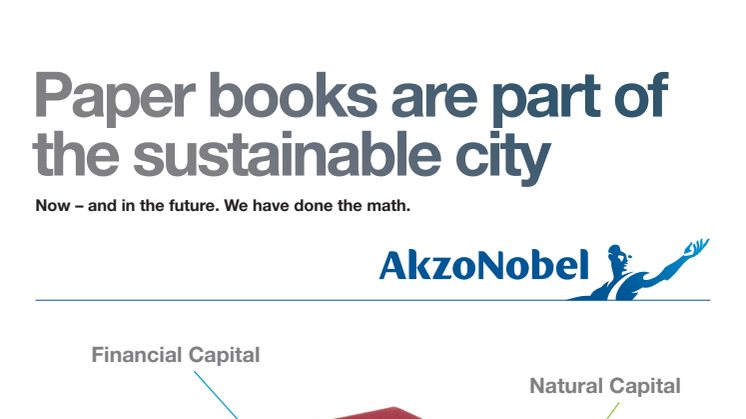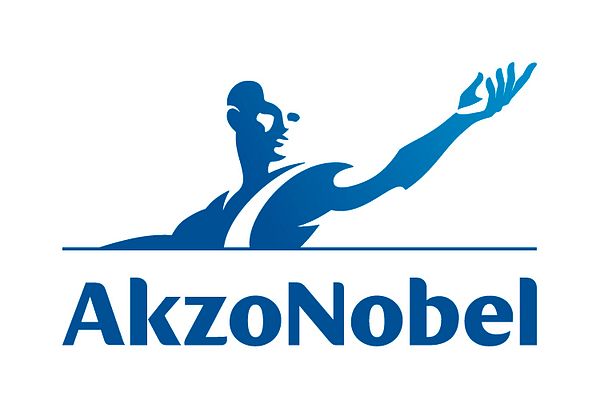Nyhet -
AkzoNobel at the Book Fair in Gothenburg: Paper books have a future
AkzoNobel has developed a new method for sustainability reporting which measures a product’s profits and losses throughout a product’s value-chain in four dimensions: financial, human, social and environmental capital. The 4 Dimensional Profit and Loss (4D P&L) method provides a comprehensive view of a product's sustainability. At the annual Göteborg Book Fair in Sweden, AkzoNobel presented the results of the 4D P&L method applied on the paper book.
It is now clear that the paper book has a sustainable future since it creates more value than negative effects throughout the book’s value chain. This encouraging news was shared by AkzoNobel at Göteborg Book Fair. The conclusion is based on the new method for sustainability reporting which the company has developed.
“By looking at a product from four dimensions and calculating profit and loss throughout a product's value-chain, it is possible to obtain valuable knowledge. Knowledge of how a product affects everything from finances and society to the environment and humans gives us an important tool for decision-making and improvement work. Other companies are welcome to take advantage of our method. It is free to use for everyone”, says Caterina Camerani, sustainability manager at AkzoNobel.
We carried out the 4D P&L calculations on the paper book to make the method clear and easy to understand, and we believe that the result is good news for all book lovers. The Book Fair was a great venue to present the results to a wider audience, all from book lovers to teachers and publishers. This fair is a major player in the publishing world, both in Sweden and abroad and this study adds a new perspective on the paper book” says Caterina who was on-site at AkzoNobel's showcase during the entire Book Fair along with expert colleagues from the company's global sustainability group.
AkzoNobel takes part in the value-chain of the paper book, since the company manufactures products which bleach wood pulp, and by pulp paper is produced. By obtaining knowledge of the production step which AkzoNobel itself is involved in, the company can make improvements.
“In the future, it will be increasingly important to make these calculations. Society at large, and our customers and our customers’ customers, are imposing greater demands on the industry acting as a responsible partner in sustainability. We demand the same from our suppliers. By calculating across the value-chain, we can, in cooperation with suppliers and customers, prioritize the improvements that provide most benefit,” she concludes.
The four dimensions applied on a paper book:
Environmental capital – mostly negative impact, which can be influenced positively through conscious environmental efforts, for example investing in renewable energy and reduced consumption of resources in the value chain for books.
Human capital – positive impact with jobs, education and career opportunities
Social capital – limited impact since such operations involve sizable production with relatively few employees. However, any shortcomings in terms of safety and the working environment are included in the negative impact.
Financial capital – considerable positive impact. Profits, wages and taxes at all levels, to the benefit of individuals, shareholders and society.
Ämnen
- Hållbarhetsfrågor/CSR
Kategorier
- akzonobel
- akzo nobel
- hållbar utveckling
- hållbarhet
- sustainability

